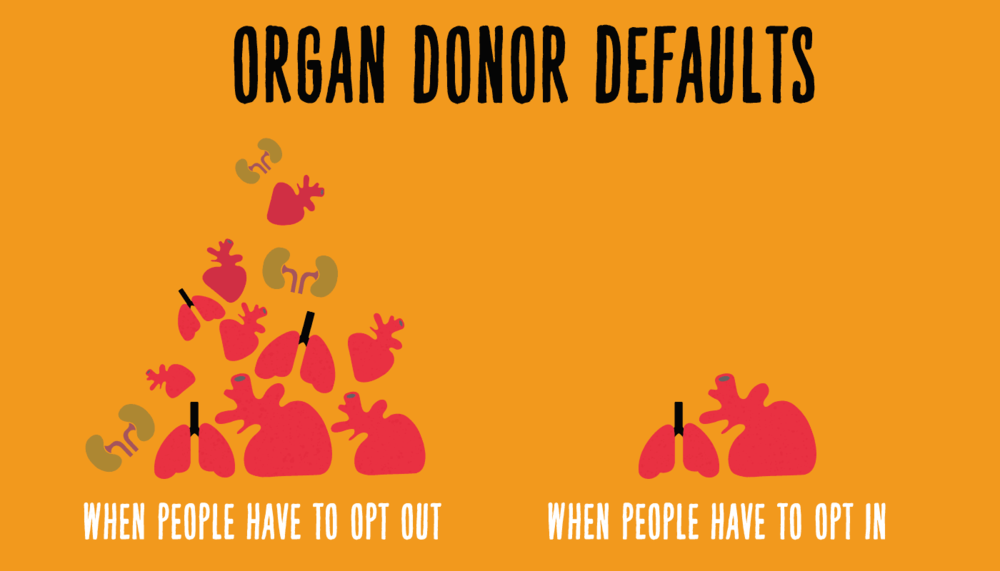There are many different behaviors that lead to irrational actions or bad decisions. Some marketing and sales strategies leverage these behaviors. One of these behaviors is the Default Effect The Default effect is defined as the option that someone gets if they choose to do nothing.
Organ donors are commonly used to highlight this effect. In countries such as the United States, the organ donor pool is fairly low compared to the donor pool in France. The United States defaults everyone to non-donor and you must opt-in to become a donor. This is the opposite case in France. You might says its not completely fair to attribute this difference completely to the Default Effect. In the case of France, everyone is assumed to be an organ donor and it takes a fair amount of effort to opt-out. In the United States, a donor has to check a box when they renew their driver’s license. Its debatable on how much to attribute, but I think its fair to say that the Default Effect is something real.
For people that design user experience, the Default Effect is leveraged to achieve desired behaviors. One example is setting default bundles to increase your revenue. You can still have a la carte pricing which provides options for the price sensitive consumers, but a significant percentage will take the desired bundle. To help things along, you may also present a poor option and a significantly premium option. The contrast to other options combined with the Default Effect can be useful to get the consumer to pick the option that you want them to select. I would suggest that you are careful with how you leverage the default effect. Otherwise you might have a negative response from the consumer sensing that you are putting in options without their consent.
